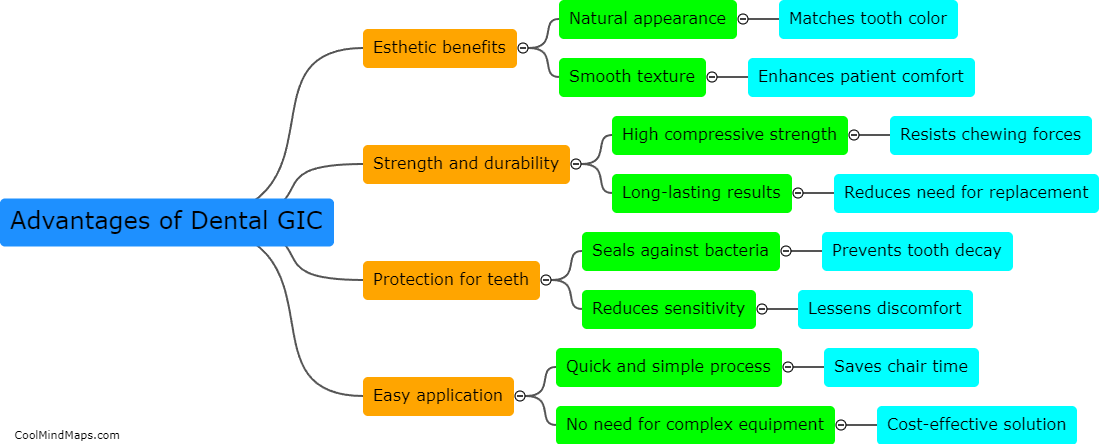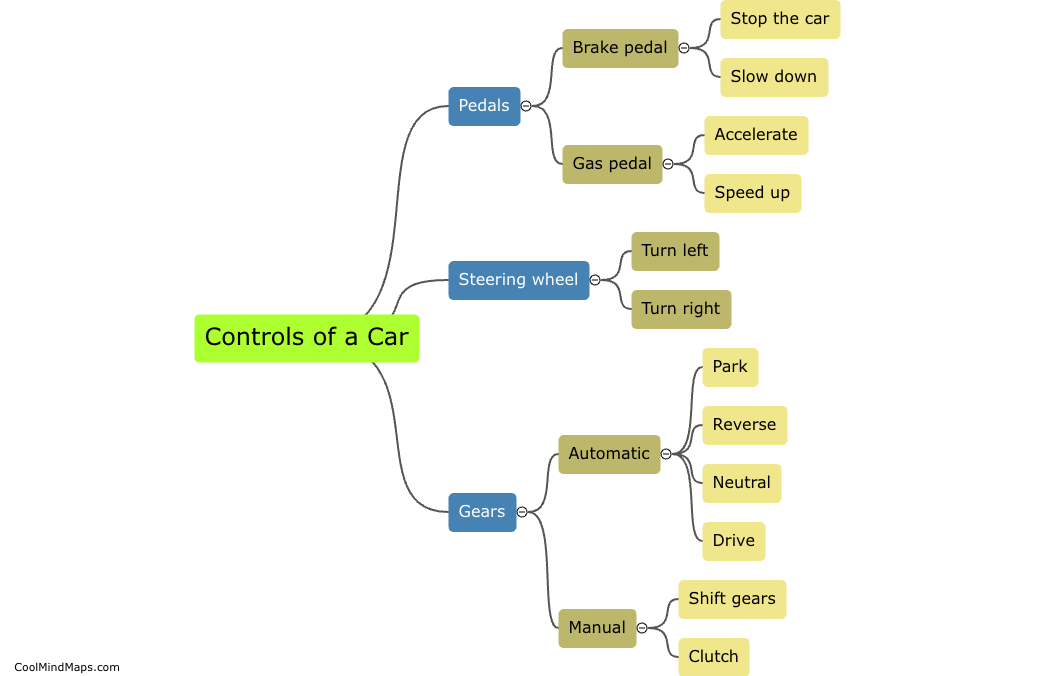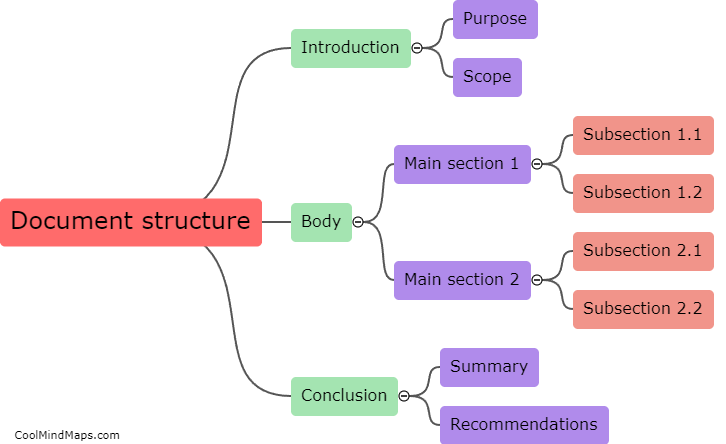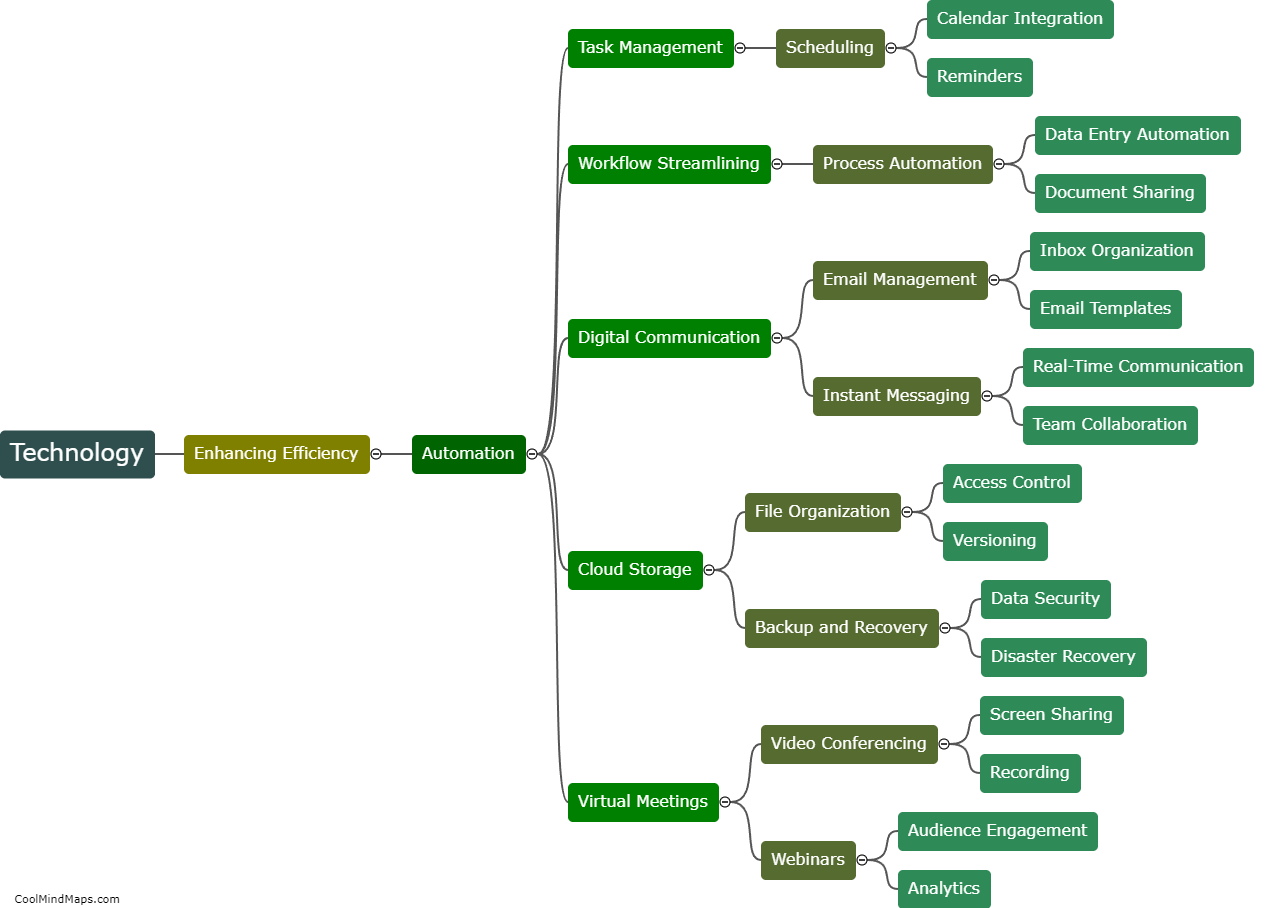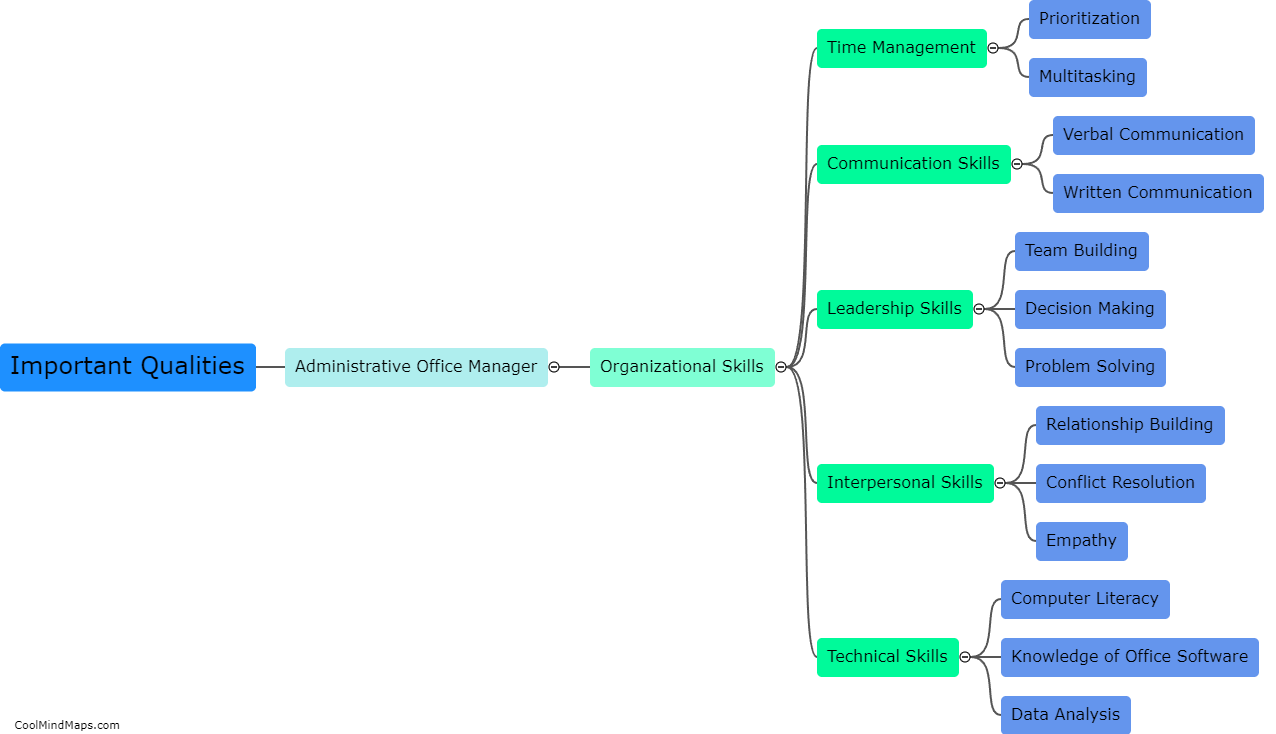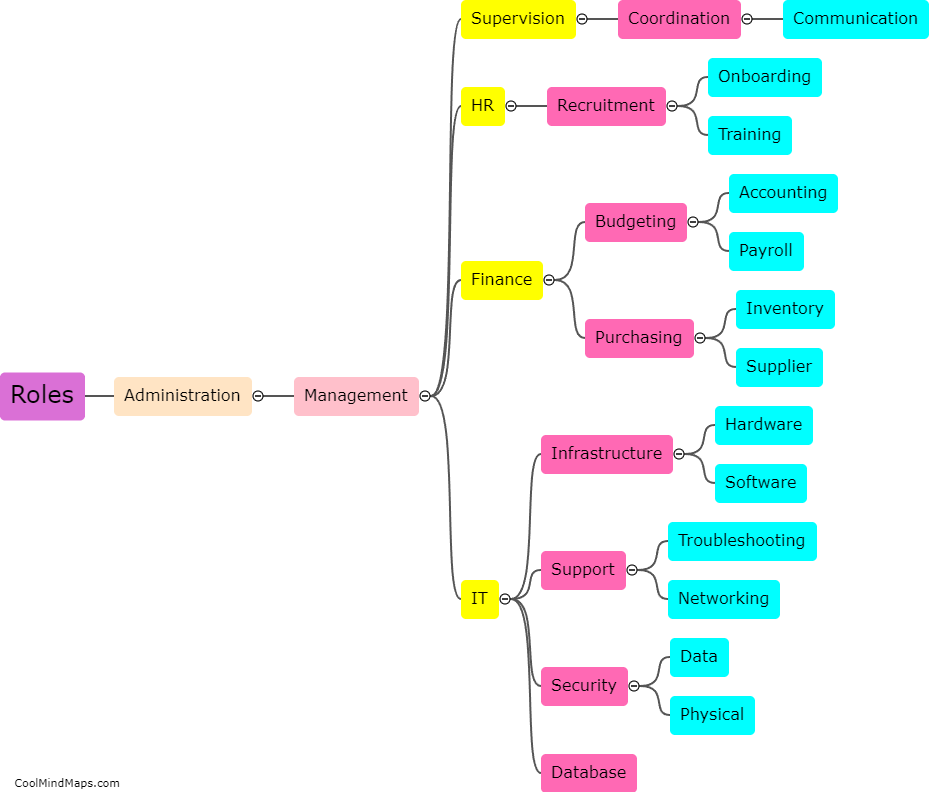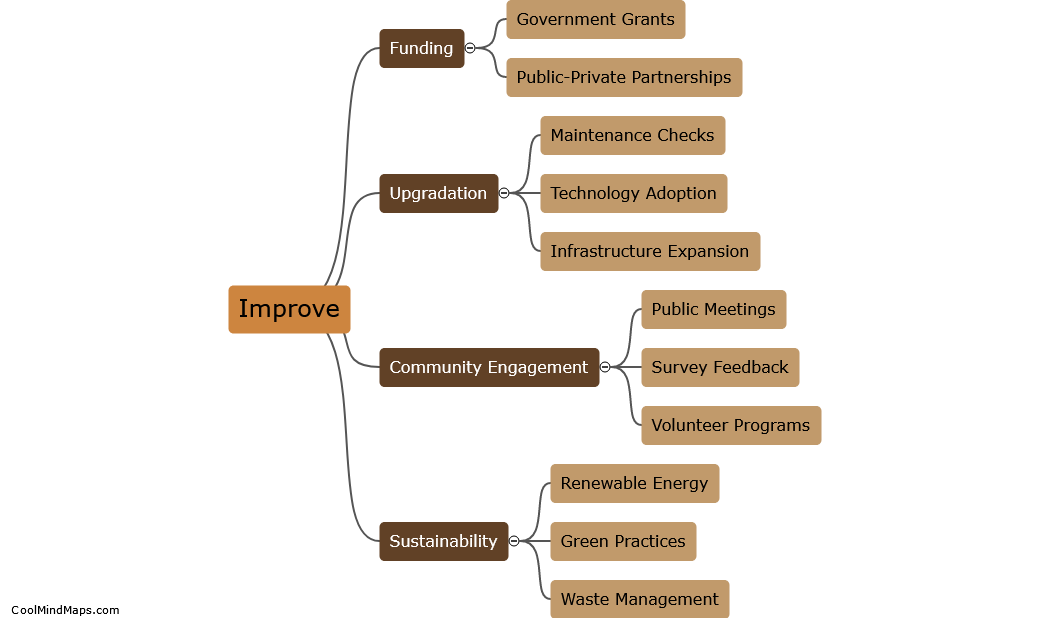What are the different types of local infrastructure?
Local infrastructure refers to the physical facilities and systems that enable the functioning and development of a specific local area or community. There are several types of local infrastructure that play vital roles in ensuring the smooth operation and well-being of a community. These include transportation infrastructure such as roads, bridges, and public transit systems, which facilitate the movement of people and goods. Utilities infrastructure, including water supply, sewage systems, and electrical grids, ensures access to essential services. Other types of local infrastructure encompass healthcare facilities, schools, parks and recreational areas, public buildings, and telecommunications networks, all of which contribute to the overall quality of life and socio-economic development within a community.

This mind map was published on 31 August 2023 and has been viewed 107 times.
